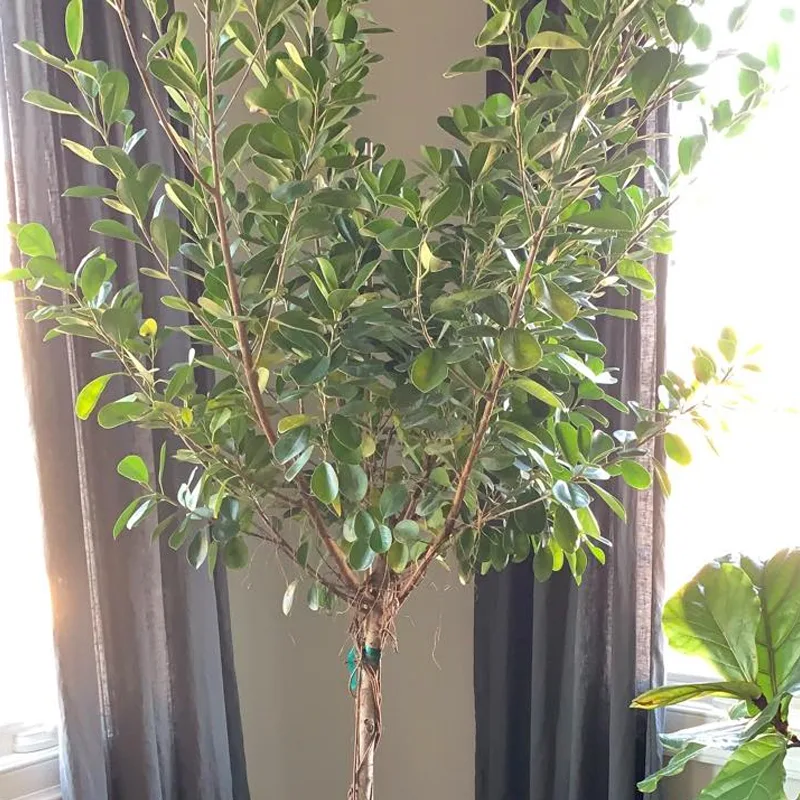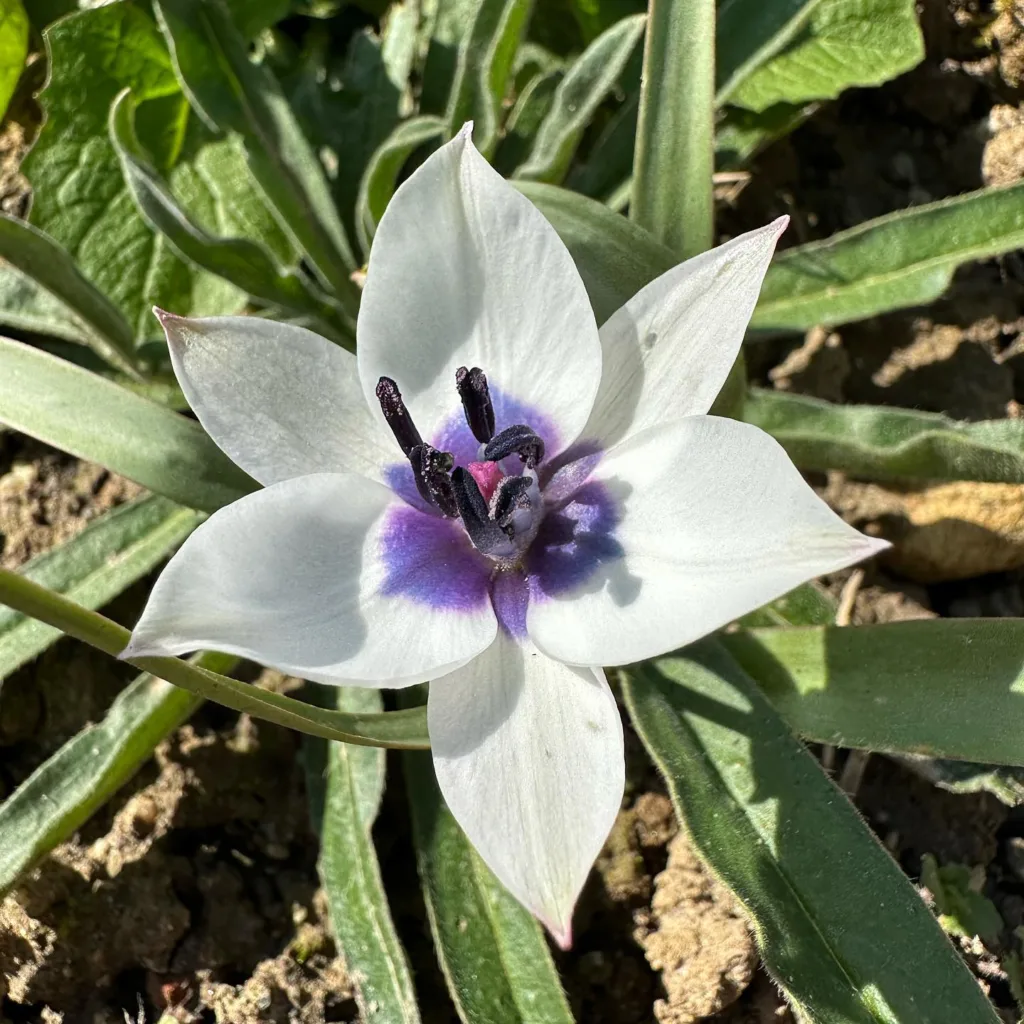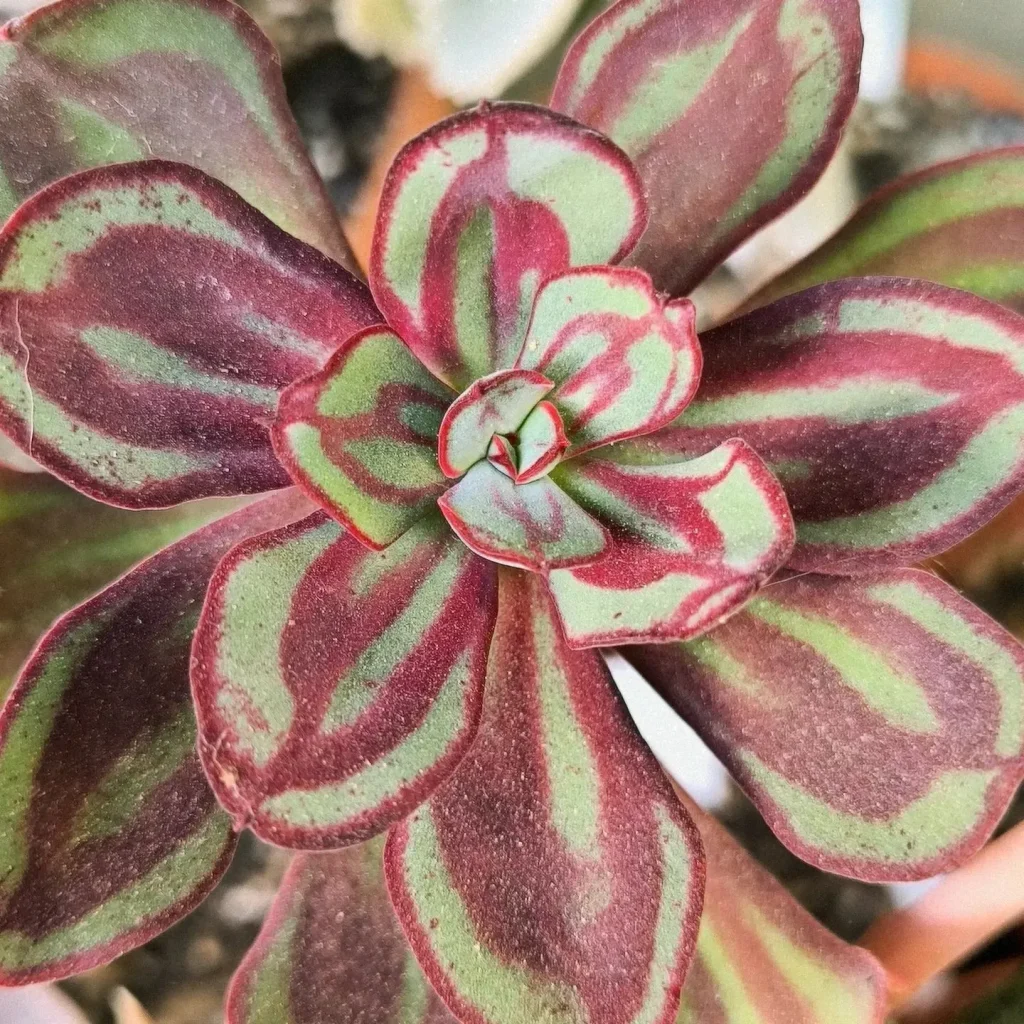
A Celebration of Dianthus Chinensis: The Rainbow Pinks in My Garden
There’s a certain charm to the unassuming Dianthus chinensis, also known as the Rainbow Pink. These little flowering perennials have become a staple in my garden, bringing pops of color and a delightful fragrance throughout the season. Their fringed petals and vibrant hues never fail to capture my eye, and their low-maintenance nature makes them a gardener’s dream. Over the years, I’ve learned quite a bit about these cheerful blooms, and I’m excited to share my experience with you!
378 Species in Genus Dianthus
What is Dianthus chinensis?
Dianthus chinensis, native to regions like northern China and Korea, is a herbaceous perennial. While technically perennials, they often act as biennials in some climates, especially hot and humid ones. These compact plants typically reach heights of 6 to 30 inches, boasting single, flat flowers with a captivatingly fringed edge. The color palette is truly stunning, ranging from classic pinks and reds to vibrant whites and even bicolors.
Beyond their visual appeal, Dianthus chinensis offers a delightful clove-like fragrance that adds another layer of enjoyment to the garden. They’re also known for their long bloom time, typically gracing you with their presence from July all the way to September.
How to Care for Dianthus chinensis?
Planting and caring for Dianthus chinensis is a breeze, making them perfect for both seasoned gardeners and beginners alike. Here’s a glimpse into how I nurture these vibrant blooms in my own garden:
- Sun and Soil: These little sun worshippers thrive in locations receiving at least 6 to 8 hours of direct sunlight daily. When it comes to soil, Dianthus chinensis prefers well-drained, slightly sandy or loamy soil. If your soil is on the heavier side, consider amending it with sand or compost to ensure proper drainage.
- Watering: Dianthus chinensis is fairly drought tolerant once established. However, consistent watering, especially during hot and dry spells, will encourage continuous blooms. Aim for deep watering, allowing the soil to dry slightly between waterings.
- Feeding: While not strictly necessary, a light feeding with a balanced fertilizer every few weeks during the growing season can give your Dianthus chinensis an extra boost. Opt for a slow-release fertilizer or dilute a liquid fertilizer according to the manufacturer’s instructions.
How to Grow Dianthus chinensis?
There are two main ways to cultivate these delightful flowers in your garden:
- Seeding: Dianthus chinensis is readily available as seeds, making it a cost-effective way to introduce these beauties to your garden. You can sow the seeds directly outdoors in late spring to early summer, after the danger of frost has passed. Alternatively, you can start them indoors 6 to 8 weeks before the last frost date and transplant them outdoors once they’ve established a good root system. Space your Dianthus chinensis seedlings about 8 to 12 inches apart to allow for proper growth and air circulation.
- Cuttings: Propagating Dianthus chinensis through stem cuttings is another viable option. Take cuttings from non-flowering stems in early summer. Choose healthy stems around 4 to 6 inches long and remove the lower leaves. Dip the cut end in rooting hormone (optional) and plant them in a pot filled with a well-draining potting mix. Keep the soil moist and provide bright, indirect sunlight. With proper care, your cuttings should root within a few weeks and be ready for transplanting outdoors by fall.
Do Dianthus chinensis Spread?
Dianthus chinensis does have the potential to self-seed, which can be a delightful way to expand your floral display. If you prefer to keep your plants contained, deadheading spent blooms regularly will prevent them from setting seed. However, you might occasionally find volunteer seedlings popping up in unexpected corners of your garden. Don’t fret! These volunteers can be easily transplanted to a designated spot or even gifted to fellow gardening enthusiasts.
How to Prune Dianthus chinensis?
Regular pruning isn’t strictly necessary for Dianthus chinensis, but it can encourage bushier growth and extend the blooming period. Here are a couple of ways you can incorporate pruning into your Dianthus chinensis care routine:
- Deadheading: Simply remove spent flowers by pinching or snipping them off just below the flower head. This not only keeps your plants looking tidy but also encourages them to produce more blooms throughout the season.
- Pinching: For bushier plants, you can occasionally pinch back the growing tips during the early stages of growth. This will encourage side branching, resulting in a fuller and more compact plant.
Additional Tips for Dianthus chinensis Success
- Companion Planting: Dianthus chinensis pairs beautifully with a variety of other sun-loving plants. Consider planting them alongside herbs like lavender or thyme, or other flowering companions like Salvia or Yarrow. The contrasting colors and textures will create a stunning visual display in your garden.
- Overwintering: Depending on your climate, Dianthus chinensis may require some winter protection. In colder zones, apply a layer of mulch around the base of the plants in late fall to insulate the roots from freezing temperatures.
- Pests and Diseases: Fortunately, Dianthus chinensis is relatively resistant to pests and diseases. However, keep an eye out for occasional problems like aphids or powdery mildew. These can be addressed with organic methods like insecticidal soap or neem oil spray.
With a little care and attention, Dianthus chinensis will reward you with a season-long display of vibrant blooms and delightful fragrance. So, why not add a touch of rainbow magic to your garden and embrace the charm of these easy-to-grow beauties?
If i die, water my plants!



